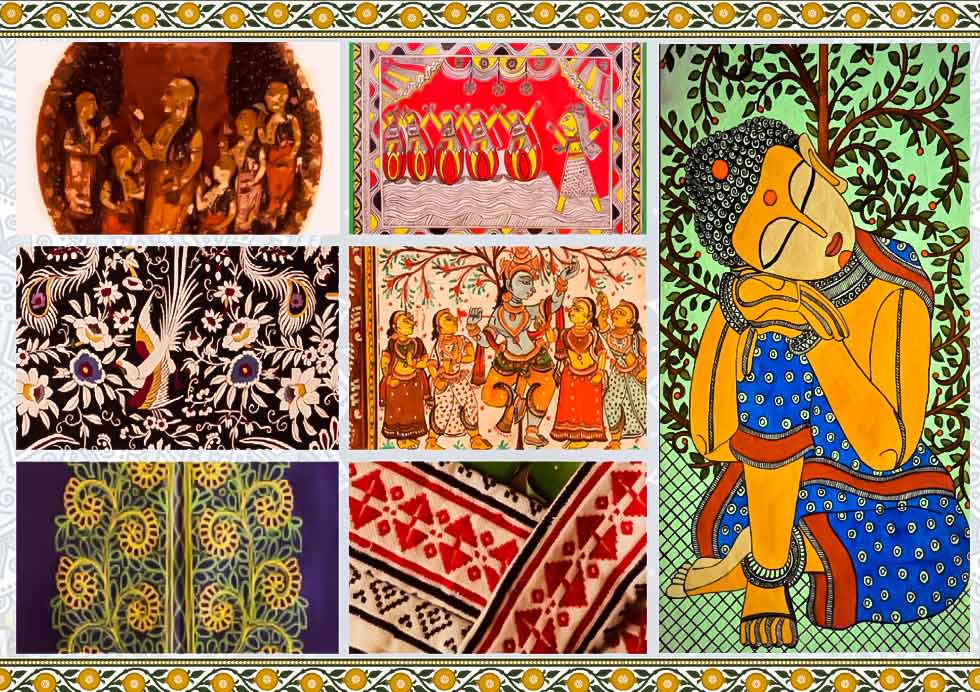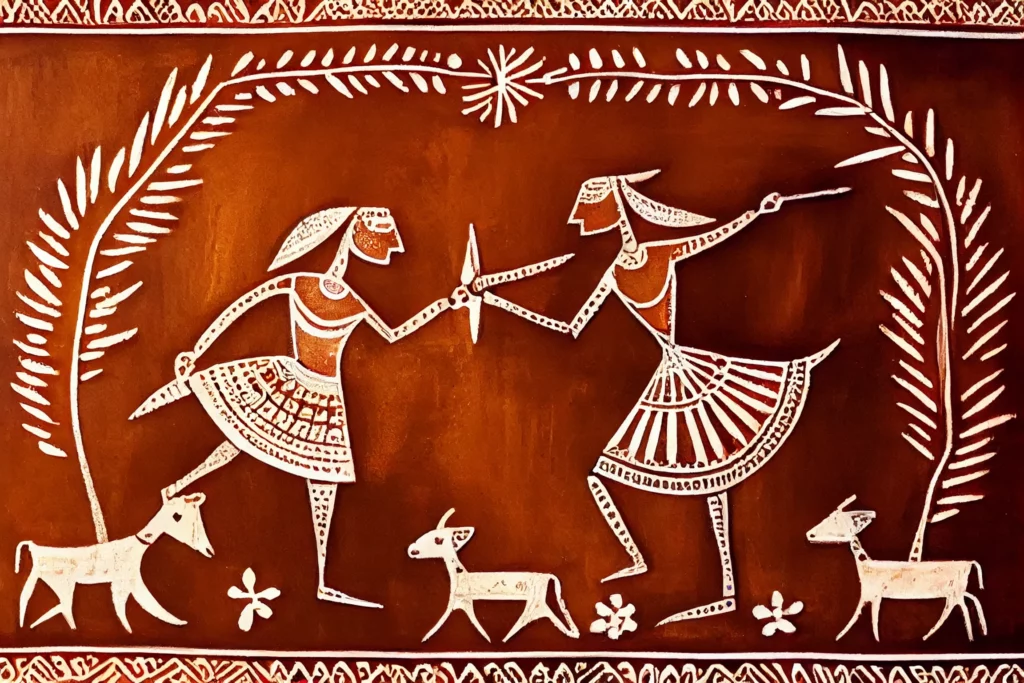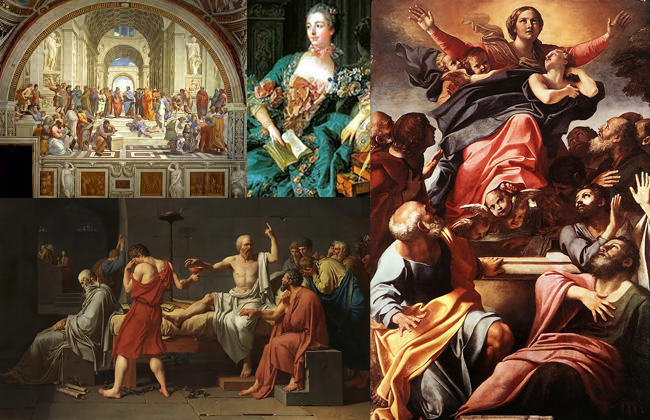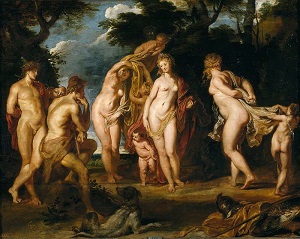Indian Folk Art: India is a country rich in cultural diversity, and its folk art heritage reflects this vast heritage. These traditional art forms, passed down through generations, represent the lifestyles, beliefs, and creativity of different regions. Indian folk art is a beautiful combination of color, symbolism, and craftsmanship. With their unique style, these art forms continue to captivate audiences worldwide. In this article, we will explore the history, types, and significance of Indian folk art, highlighting the beauty and cultural importance of these art forms.
Origins of Indian Folk Art:
Indian folk art has roots that go back thousands of years, reflecting the country’s deep cultural and historical significance. The term “folk art” refers to art that is created by communities using traditional methods and often reflects their daily lives, customs, and beliefs. Unlike classical art, which is often created by professional artists, folk art is more spontaneous and closely tied to the culture and traditions of the region.
Each state in India boasts its own distinct style of folk art, shaped by its history, religion, and lifestyle. These art forms are often created by local artisans and passed down through generations, making them an important part of India’s living cultural heritage.
Types of Indian Folk Art:

The folk art of India is diverse, with each region contributing unique styles and techniques. Some of the most popular forms include:
- Madhubani Art
Originating from the Mithila region of Bihar, Madhubani art is characterized by intricate patterns, vibrant colors, and detailed depictions of nature, mythology, and religious subjects. Traditionally created by women, this art form is created using natural dyes and pigments. Subjects often include animals, plants, and deities, reflecting the cultural beliefs of the region. - Warli Art
Warli painting, native to the tribal communities of Maharashtra, is a simple yet fascinating form of folk art. Known for its use of geometric shapes such as circles, triangles and squares, Warli art often depicts everyday life, nature and rituals. The paintings are usually done using white pigments made from rice paste on clay walls, creating a stark contrast against the dark background. - Pattachitra Art
Pattachitra is a traditional art of Odisha, famous for its intricate patterns and mythological motifs. Pattachitra is painted on cloth or dried palm leaves using natural dyes. The artwork often depicts stories from Hindu mythology, including scenes from the Ramayana, Mahabharata and other religious texts. - Kalamkari Art
Kalamkari is a form of hand-painted or block-printed fabric art that originated in Andhra Pradesh and Telangana. The name “Kalamkari” comes from the words “kalam” (pen) and “kari” (work), meaning “pen work”. This art form involves creating intricate patterns and scenes using natural colors and a special pen. Kalamkari artwork often depicts religious themes such as gods and goddesses and natural elements. - Gond Art
Gond art originates from the Gond tribe of Madhya Pradesh and is known for its vibrant colors and bold patterns. The images often depict animals, birds, and trees, symbolizing the Gond people’s deep connection with nature. These paintings are created using natural colors and often feature a rich tapestry of dots, lines, and curves. - Sanji Art
Sanji art from the Mathura region of Uttar Pradesh is a unique paper-cutting art. Traditionally, it was used to create intricate stencils to decorate temples during religious festivals. The art is known for its detailed cut-outs that create intricate, beautiful patterns, often depicting scenes from Indian mythology.
Cultural Significance of Indian Folk Art:
Indian folk art plays an important role in preserving the country’s culture and history. These art forms are more than just aesthetic expressions; they carry deep symbolic meaning and reflect the spiritual, social and cultural life of the people. Many folk art forms are tied to religious rituals, festivals and community celebrations, making them an integral part of Indian life.
Folk art is also a medium for storytelling. Through painting, sculpture and textiles, these art forms communicate the beliefs, values and traditions of different communities. They act as a bridge between generations, passing on knowledge, wisdom and artistic techniques from one generation to the next.
Preservation of Indian Folk Art:

As modern influences continue to shape the world, many traditional art forms face the risk of fading into obscurity. However, efforts to preserve Indian folk art have gained momentum in recent years. Organizations, government initiatives and artisans themselves are working to ensure that these cultural treasures are preserved and passed on to future generations.
Indian folk art is a celebration of the country’s rich cultural diversity and heritage. From the intricate patterns of Madhubani to the geometric designs of Warli, each art form is unique and represents the spirit of the region from which it comes. By preserving these traditional art forms, we ensure that India’s artistic heritage continues to thrive for generations to come. Whether for artistic appreciation, cultural exploration or historical significance, Indian folk art offers a vibrant and colourful glimpse into the country’s ancient heritage.
Read Also: The Renaissance
![]()





